17 Apr Where is the best place to find jumping spiders?

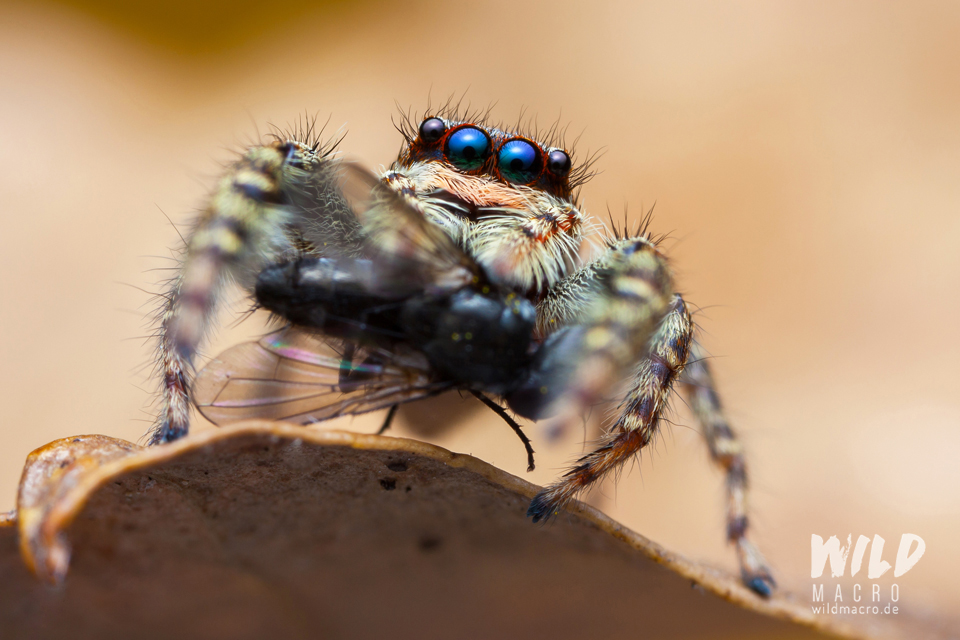
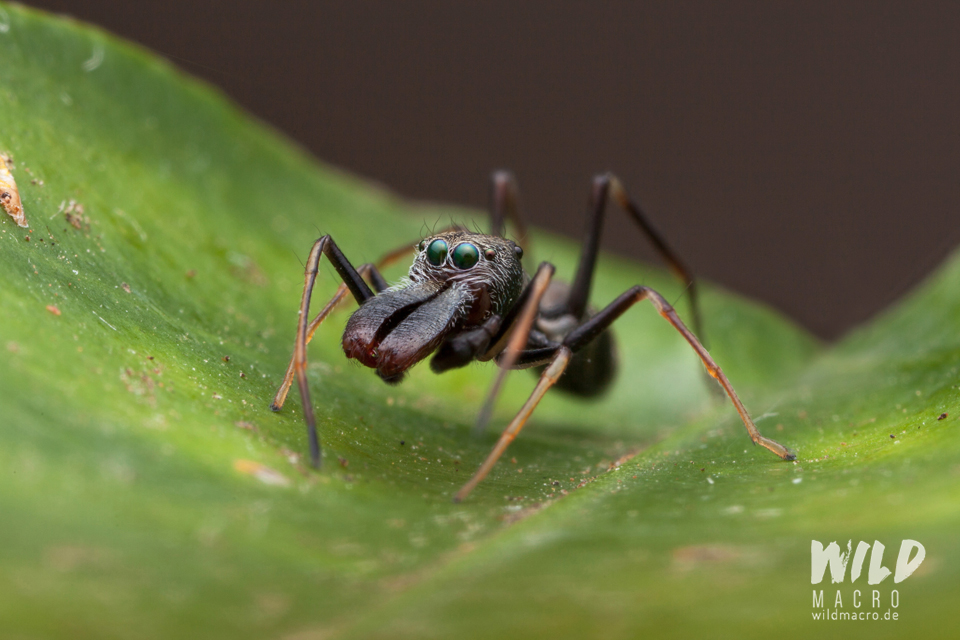
Jumping spiders rose to fame in the past years, thanks to social media, where these tiny and friendly, almost cute looking spiders seemed to experience more acceptance than others spiders.
Their fluffy appearance in combination with their relatively big eyes make them the perfect vehicle to fight arachnophobia and spark fascination for spiders rather than have people feel fear or disgust when seeing them.
They are a popular subject in macro photography but can be a challenge to photograph.
Finding them is not always easy, but here are some tips where to look for them.
I wrote an extensive article about how to photograph jumping spiders, which you can find here.
But before photographing them, we have to find them.
What are Jumping spiders?
So, why can it be important to understand what jumping spiders are, in order to photograph them?
Knowing more about their behavior will ultimately help a lot for finding them.
Different from the classic perception that most people have of common spiders, jumping spiders do not build (orb)webs.
They can produce silk, too, but use it for other purposes.
A thread of silk works as a safety line for example, when these ground-dwelling spiders jump from leaf to leaf.
Their retreats, looking like little caves or tunnels, are also made from silk.
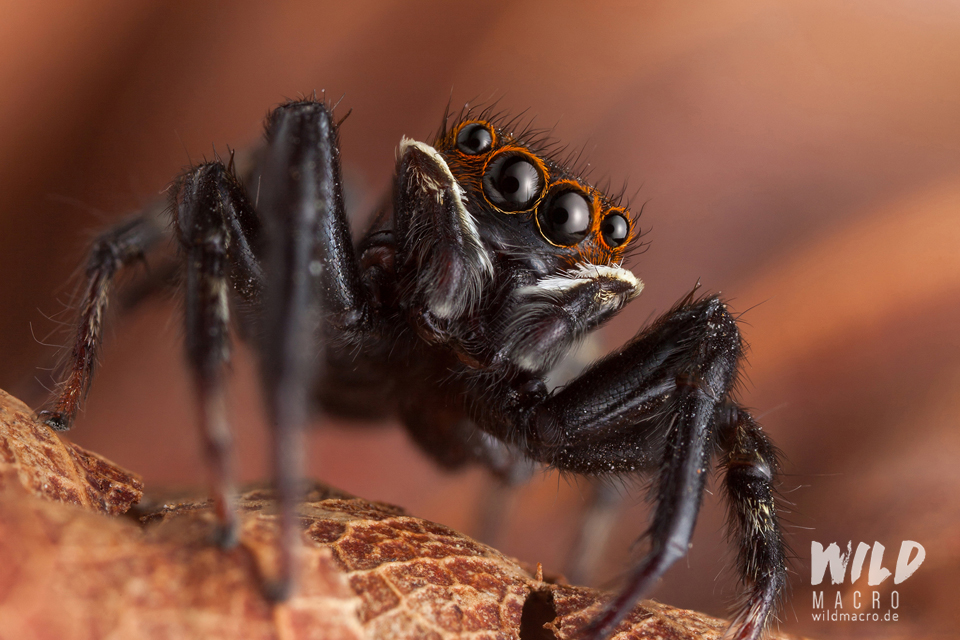

Having superior vision and the ability to precisely jump across great distances (relative to their body length) they are excellent and proactive hunters.
This means, we will rarely find them sitting still, and we will not find them at places, where we find the classic orb weavers.
As each species has a different habitat, preys on different prey and often has a highly specialized behavior, the places where they can be found also vary.
Where to find Jumping spiders?
As indicated above, the place where we can find a jumping spider, its habitat, is related to the particular species and its behavior.
The truth is: you cannot just go outside and find a jumping spider – there is no guarantee, that looking for them (even if its the right place) will also result in finding one!
But knowing when and why a spider could be found at a particular place, will greatly increase the chances to find it.
Here are exemplary species with a description of their typical habitat and tips when and where to find them.
Jumping spiders are a very diverse group of spiders.
While some require a very specific habitat and the occurance of certain other species or conditions, others can adopt to a wider range of areas.
The following species are either distributed widely or belong to a genus with many species, so chances are higher you might find one of these species around your placer as well.
Marpissa muscosa (bark jumping spider)


These spiders are typically found on spruce and pine trees, under bark, in moor- and heathland, and around buildings.
They tend to stick to spots they have successfully occupied.
Wood and bark in particular seems to be an important factor for the selection of their habitat.
As an example, I find them in large numbers (both females & males) on and around the wooden garden hut in my parent´s garden.
They hatch there, they molt there, they grow there – from spiderling to adult stage – every year.
The wooden garden hut is not even looking very ‘natural’: it is painted blue, but the spiders seem to consider it a great spot for breeding and hunting.
It is close to a stripe of trees, with lots of foliage and obviously the prey they desire.
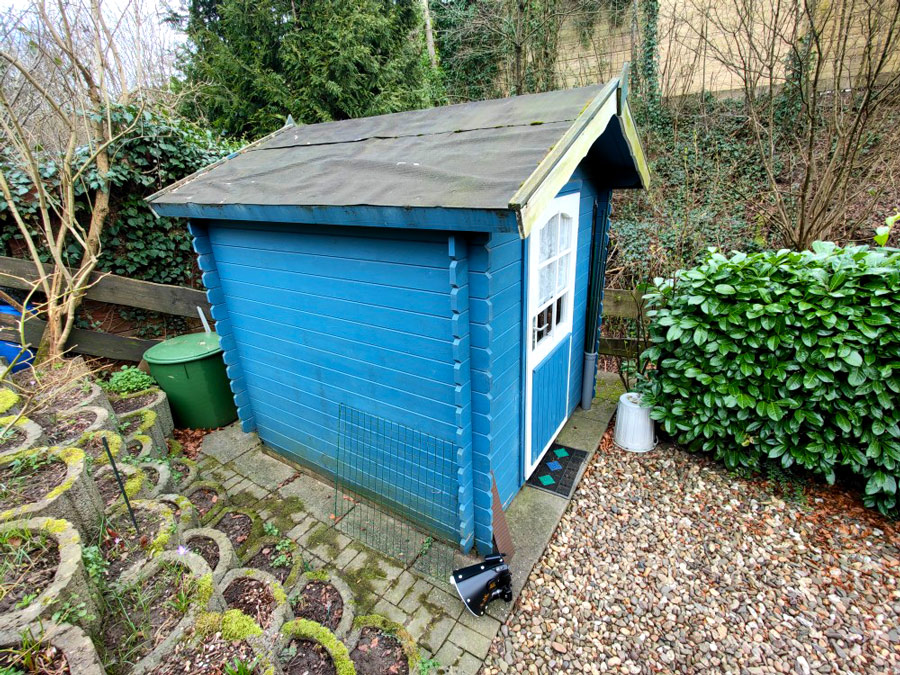
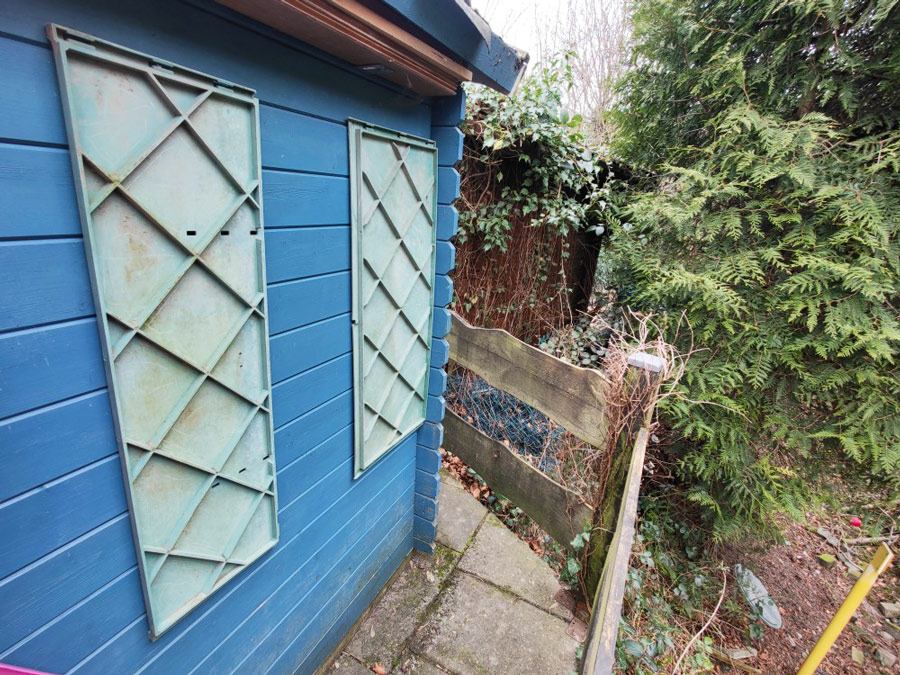
Flies, bees, wasps, mosquitos and other insects are often attracted by the hut´s cracks and textures.
Other spiders deem the hut a worthy hunting ground, too, as there are often Anyphaena accentuata and other species to be found.
Heliophanus cupreus and other Heliophanus species (Copper sun jumper)


These very small salticids can be found in a wide variety of habitat types, such as woodlands, grasslands, coastal cliffs and shingle beaches, as well as disturbed habitats such as wastelands and quarries.
As the name indicates, it prefers sunny conditions.
Personally i have often found Heliophanus sp. on/near nettles, flowers, strawberry – both exploring the lower hanging leaves and roaming the ground and leaf litter (where it also hides when it needs to rest).
They tend to be found in the lower regions of the plants, rarely higher than my knee.
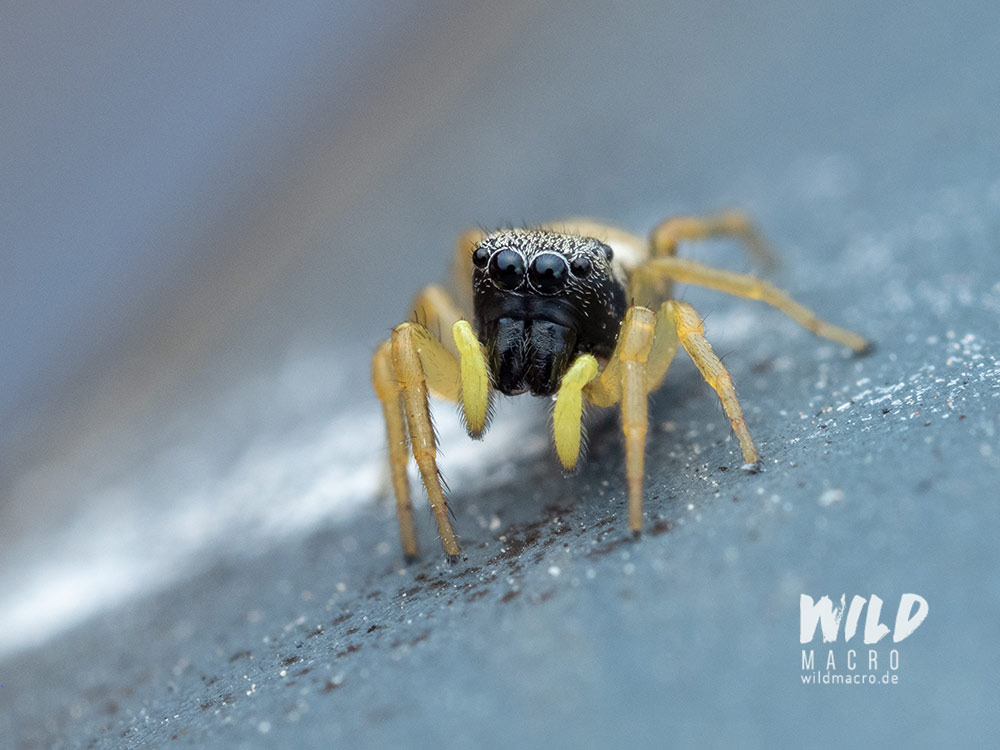
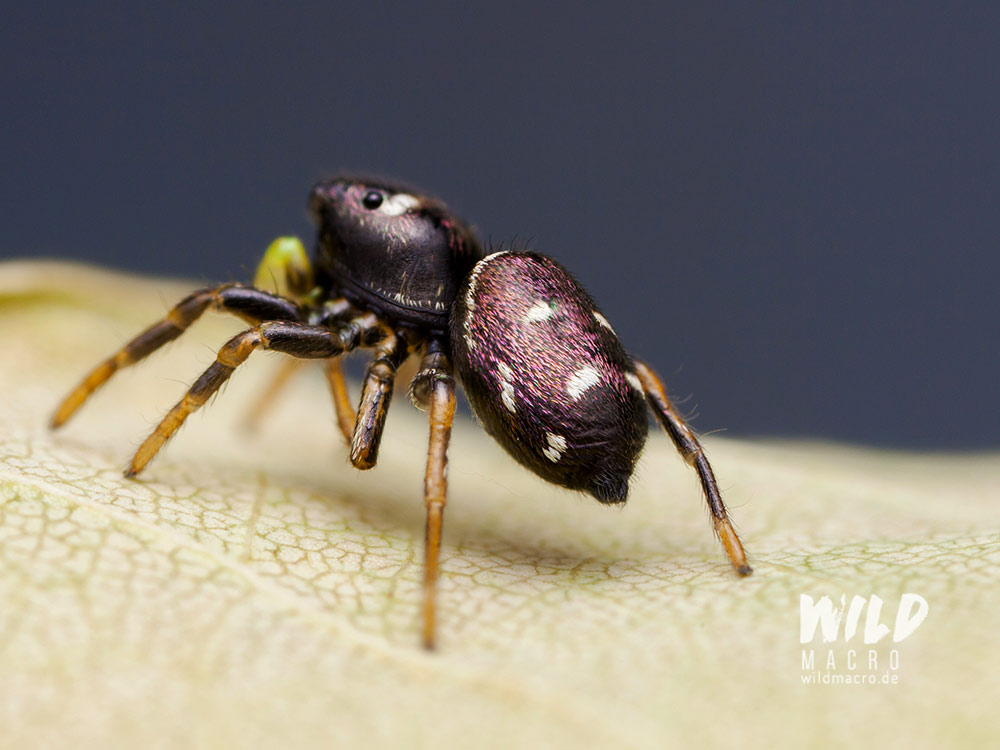
Another place to find them, is on wooden and metal bridges or on fences – usually under direct sunlight, often around the warmest times of the day.
Menemerus bivittatus and Hasarius adansoni
These two species are widely spread globally and what they have in common, is, that they can be found near human settlements and on man-made structures, like houses.
It makes sense that the common name of Menemerus bivittatus is ‘Grey wall jumper’, as they can be found running up and down the walls.
The females are a bit easier to find than the males, if i recall my experiences.
Menemerus bivittatus has been widely introduced, as a result from cosmopolitan distribution, although it is native to Africa. It can also be found in The USA (Florida, Texas, California) and south as far as Paraguay, including some Caribbean islands, Colombia, and Venezuela.


Hasarius adansoni is commonly called ‘Adanson´s house jumper’ or, if translated literally from the german common name: ‘Greenhouse spider’, referring to it being spread globally with the ex- and import of plants for example.
It can be found in warmer climates in Europe, such as Spain, India, Japan, Brazil, Taiwan, China, and several african countries.
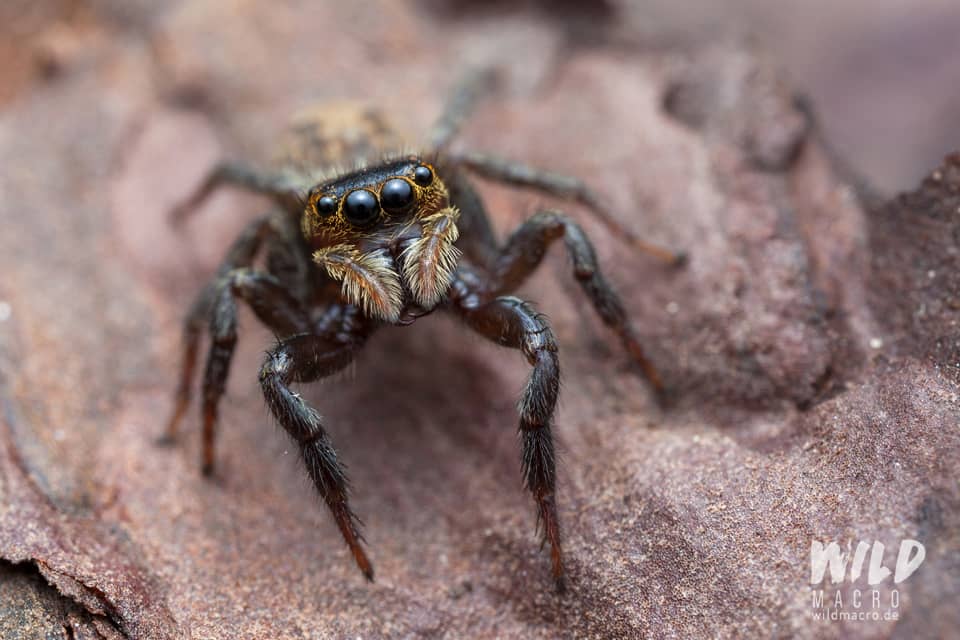
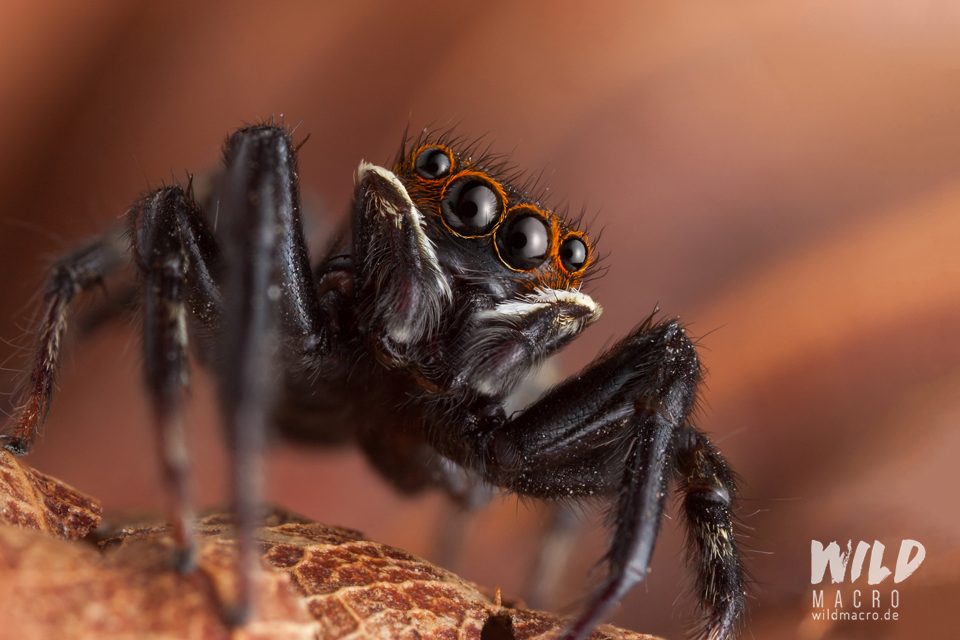


Finding these two species has always been easy, as it simply required me to go outside and check the house walls for them, preferrably in direct sunlight.
In South Africa (where i was accompanying a fashion photo shooting) I have found several dozens of Menemerus bivittatus specimens, both female and male, living in the cracks of a log cabin in the middle of nowhere and on the trees nearby.
With the midday sun high up, burning down on the hut, there was a spider literally every meter where i looked, when walking round the hut outside.

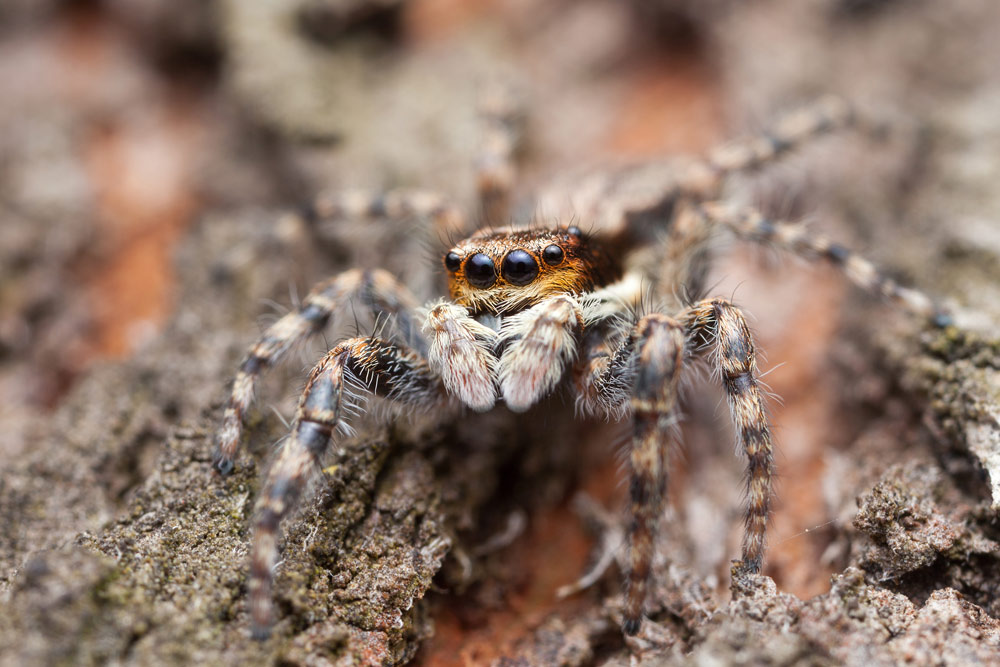

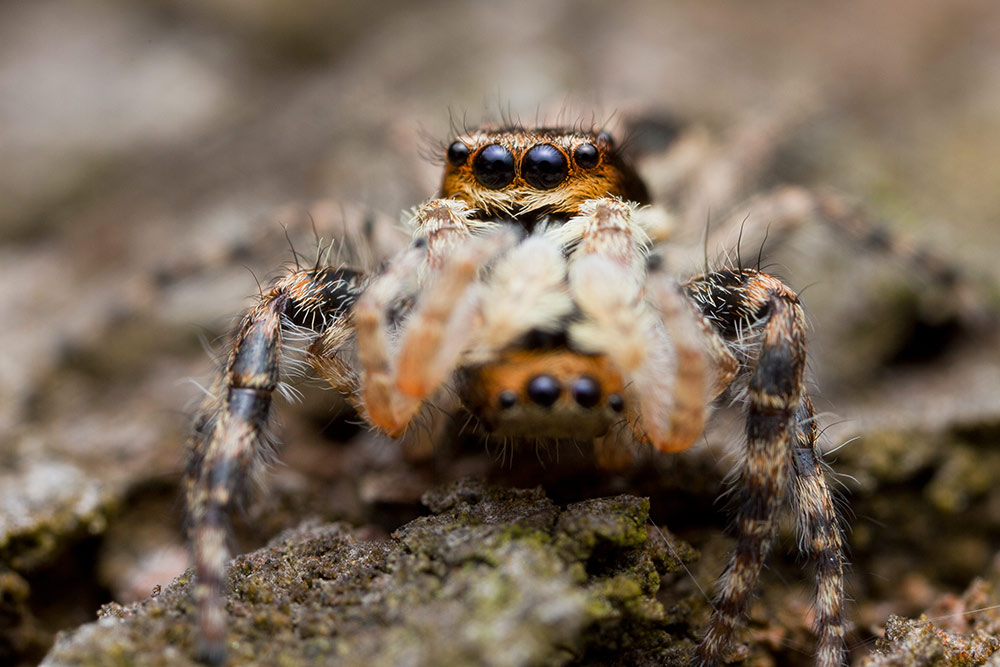
From my experience it feels like on house walls, the males of Menemerus bivittatus are a bit harder to find compared to the females.
Some species have extremely specialized reatreats and habitats.
The Jumping spider Pellenes Nigrociliatus for example, lives in an anbandoned snail shell, which it pulls up on a silken line to hang free over the ground.
Talavera aequipes und Pellenes tripunctatus are other Salticid species that make use of abandoned snail shells to overwinter.
Good luck with spider hunting!
Sign up for the newsletter mailing list & free ebook

Did you enjoy these tips and want to learn more or improve your macro photography skills?
Stay up to date with new blog posts, reviews and tutorial- and ebook-releases.
Sign up below to get notified when the free edition of my ebook
‘How to master spider & insect macro photography’ is ready for download.



No Comments